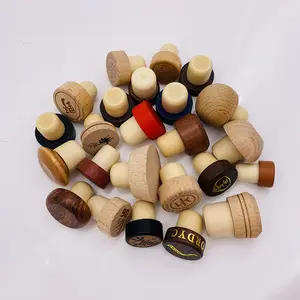Giới thiệu về guitar capo cho mẫu miễn phí
Alibaba.com cung cấp các sản phẩm 36 guitar capo cho mẫu miễn phí. Có rất nhiều guitar capo cho mẫu miễn phí lựa chọn dành cho bạn, chẳng hạn như kim loại, thép, và nhựa. Bạn cũng có thể chọn từ đen, trắng, và màu đỏ guitar capo cho mẫu miễn phí. Cũng như từ guitar, violon guitar capo cho mẫu miễn phí.Và bất kể guitar capo cho mẫu miễn phí là guitar điện, nhạc cụ, hay guitar acoustic.
















